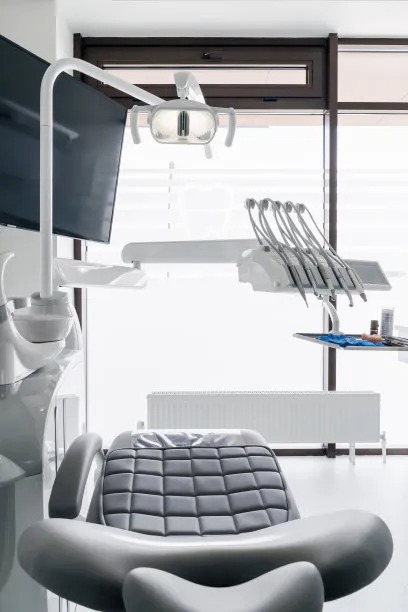Essential Guidelines to Follow for Ensuring Success with Your Dental Filling Procedure and Aftercare
Summary: Dental fillings are essential procedures to restore teeth damaged by cavities or decay. Achieving a successful dental filling requires proper preparation, careful technique during the procedure, effective aftercare, and consistent follow-up appointments. This article outlines vital guidelines to maximize the success of your dental filling, ensuring a smooth experience from start to finish. The tips provide a comprehensive understanding of how best to approach your dental care before, during, and after the filling procedure, including what to expect during healing. By following these essential guidelines, patients can ensure long-term comfort and dental health.
1. Preparation Before Your Dental Filling

Prior to undergoing a dental filling procedure, it is crucial to prepare adequately. This preparation involves scheduling a consultation with your dentist to assess the extent of the decay and discuss the most appropriate filling materials. Your dentist will give you a complete overview of the procedure, which can include local anesthesia options and possible discomfort during treatment.
Additionally, ensuring your dental records are up to date allows your dentist to provide the most informed care. Providing information about any allergies or medications you are currently taking is essential for safety during the procedure.
Finally, having a plan for post-treatment care, including arranging for someone to drive you home if you choose sedation, helps make the process smoother. Mental preparedness can significantly reduce anxiety associated with dental procedures.
2. Ensuring Procedural Success During Filling
The actual filling process requires skilled technique to ensure the filling adheres correctly and restores tooth functionality. It begins with the dentist cleaning the affected area thoroughly to remove decay and bacteria. This step is critical as it maximizes the chance of a successful filling by ensuring a clean surface.
Once the tooth is prepared, the dentist will carefully place the filling material in layers, reinforcing the structure of the tooth. Patients should communicate any discomfort during this phase so the dentist can adjust anesthesia as necessary.
After the material is placed, the dentist will shape and polish the filling to match the tooth’s natural contours. This ensures that the filling fits seamlessly with adjacent teeth, which is vital for proper chewing and bite alignment.
3. Aftercare for a Successful Recovery
After the filling procedure, following proper aftercare instructions is essential for optimal healing. Immediately following the appointment, it is advisable to allow a few hours for any numbness to wear off, so patients avoid accidentally biting their cheeks or tongue. Eating soft foods is recommended for the first few days post-procedure to prevent discomfort.
While some sensitivity in the filled tooth is normal, particularly to temperature changes, patients should monitor this closely. If sensitivity persists or worsens over time, a follow-up with your dentist is essential to ensure everything is healing well.
Maintaining good oral hygiene practices, such as brushing and flossing regularly around the filled area, will enhance longevity and health of the filling. Patients should also avoid sticky or hard foods to prevent potential damage to the filling during the initial healing period.
4. Importance of Follow-Up Appointments
Follow-up appointments are an important aspect of post-filling care. Dentists often schedule these visits a few weeks after the filling to assess the area’s healing and the filling’s integrity. These check-ups allow any necessary adjustments to be made and help address any concerns the patient may have experienced.
Regular dental check-ups, every six months, can significantly extend the lifespan of a dental filling. Routine monitoring allows for early detection of any issues, ensuring that small problems do not escalate into more severe conditions requiring extensive treatment.
Moreover, discussing any changes in oral hygiene habits or sensitivity during these visits helps your dentist provide tailored advice that can improve your dental health. Being proactive in your dental care can profoundly impact recovery and overall health.
Summary:
In summary, successfully undergoing a dental filling procedure relies heavily on following essential guidelines throughout each phase, from preparation to recovery. Preparing adequately, ensuring the procedure is performed correctly, adhering to post-operative care, and attending follow-up appointments contribute to optimal results. By focusing on these crucial areas, patients can ensure effective treatment and long-lasting dental health.
This article is compiled by Vickong Dental and the content is for reference only.



